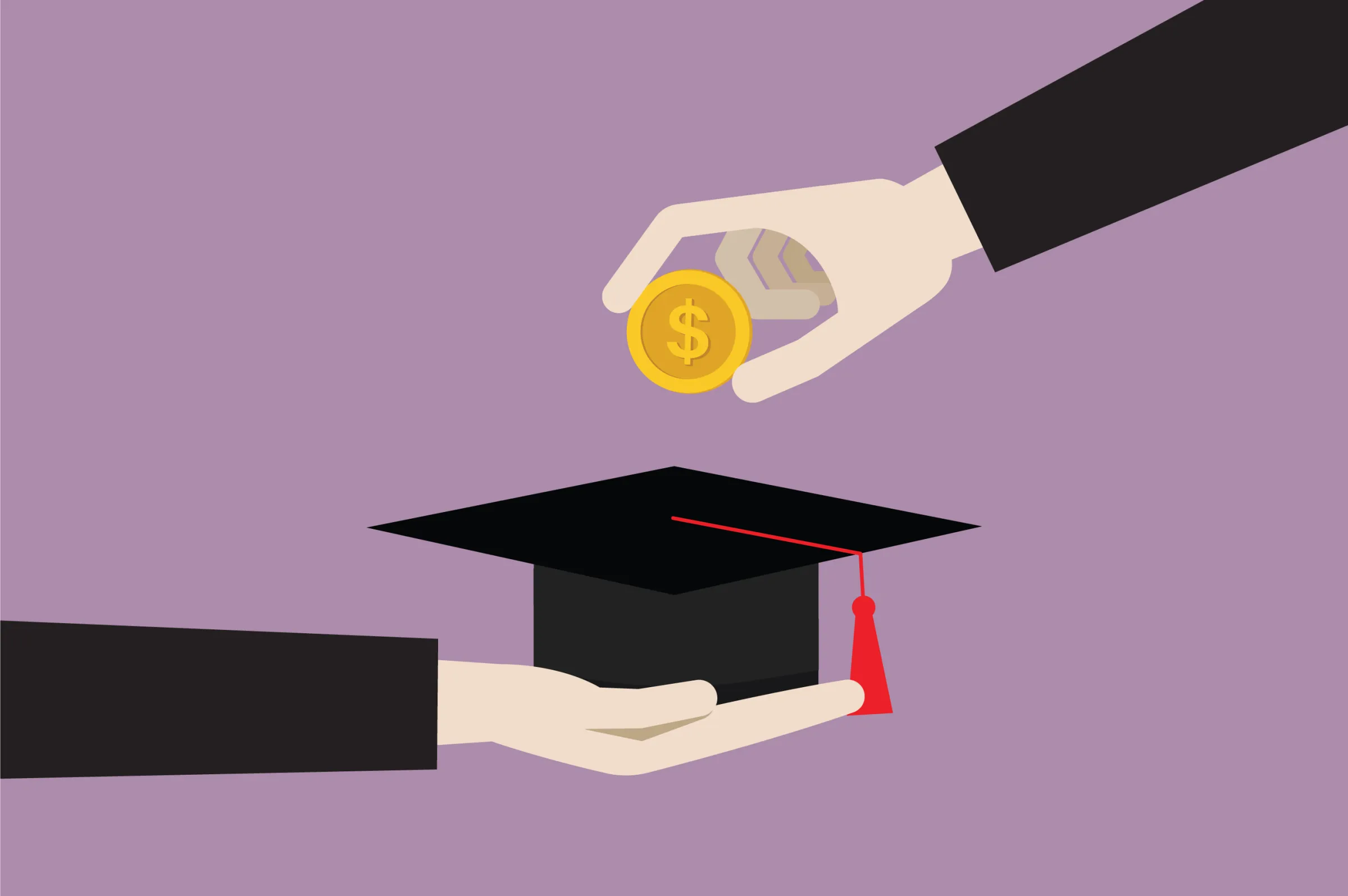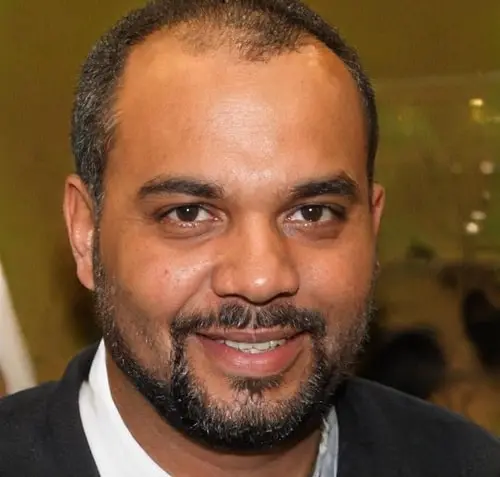On August 2, 2024, the Biden administration made a significant announcement regarding student loan forgiveness. Notices have been sent to 40 million borrowers, with relief expected to start this fall. This move marks a substantial effort to alleviate the burden of student debt for millions of Americans.
Historical Context and Previous Initiatives
This announcement is part of a broader initiative by the Biden-Harris administration to address the student debt crisis. Since taking office, the administration has taken numerous steps to provide relief to borrowers, including securing the largest increase in Pell Grants in over a decade and implementing regulatory improvements to the Public Service Loan Forgiveness (PSLF) program.

The Scale of the Forgiveness Plan
The scale of this forgiveness plan is unprecedented. To date, the administration has approved debt cancellation for nearly 3.9 million borrowers, totaling almost $138 billion in relief. This includes significant amounts through various programs such as PSLF, income-driven repayment plans, and relief for borrowers with total and permanent disabilities.
Impact on Public Service Workers
A notable aspect of the recent announcement is its impact on public service workers. The PSLF program, which has been a focus of the administration’s efforts, has seen substantial improvements. As of July 1, 2024, the program is fully managed through StudentAid.gov, simplifying the process for borrowers. This change is expected to expedite the processing of forgiveness applications and ensure more public service workers benefit from the program.
The SAVE Plan and Automatic Forgiveness
Another critical component is the implementation of the SAVE Plan. Under this plan, eligible borrowers will receive automatic forgiveness without needing to take any action. This plan is designed to protect borrowers from accruing runaway interest and ensure their payments remain affordable. As of now, 7.5 million borrowers are enrolled in the SAVE Plan, with 4.3 million having a $0 payment.
Broader Regulatory and Policy Changes
Beyond direct forgiveness, the administration is also focusing on broader regulatory changes to protect future borrowers. New rules are being proposed to ensure that career programs do not leave graduates with unmanageable debts and that colleges are held accountable for their performance. These efforts aim to create a more equitable and sustainable higher education system.
Response from the Public and Stakeholders
The response to these initiatives has been overwhelmingly positive from various stakeholders. Public service workers, who are among the primary beneficiaries, have expressed relief and gratitude for the administration’s efforts. Educators, law enforcement officials, and healthcare workers are just a few of the groups that will see substantial benefits from the recent changes to PSLF and the broader forgiveness efforts.
Future Prospects and Ongoing Efforts
Looking forward, the administration remains committed to exploring additional avenues for relief. Proposed regulations under the Higher Education Act are expected this fall, and further improvements to loan forgiveness programs are in the works. The Department of Education continues to conduct negotiated rulemaking sessions to refine and enhance these programs, ensuring that they serve the best interests of borrowers.
The Biden administration’s actions represent a significant stride towards addressing the student debt crisis in the United States. By providing substantial relief to millions of borrowers and implementing systemic changes, the administration is making higher education more accessible and affordable for future generations.

Meet Suhas Harshe, a financial advisor committed to assisting people and businesses in confidently understanding and managing the complexities of the financial world. Suhas has shared his knowledge on various topics like business, investment strategies, optimizing taxes, and promoting financial well-being through articles in InvestmentDose.com


